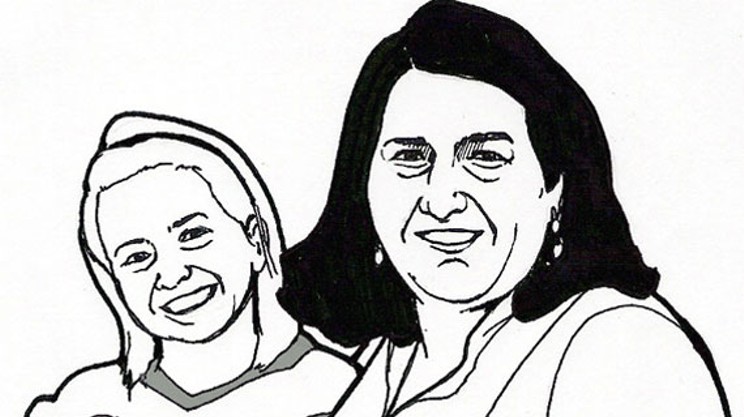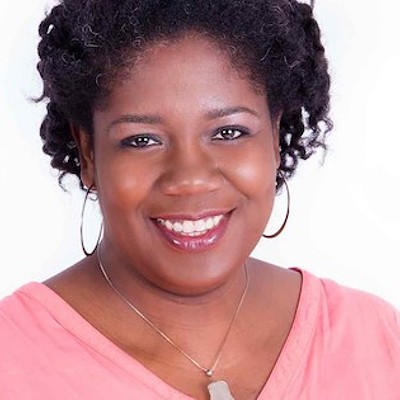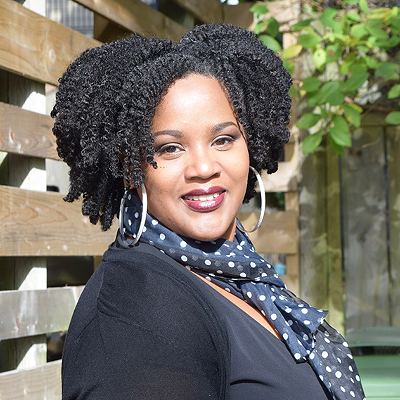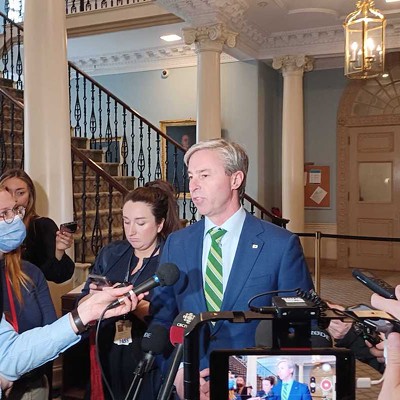The Second Wave is upon us and so is a newly diagnosed condition – “H1N1 psychosis,” an overwhelming fear of catching the flu. First diagnosed last week at the Montreal Children’s Hospital, it seems to be spreading everywhere.
Long line-ups at community clinics, the vaccine supply shortage, and recent shifts in our H1N1 response strategy have left most people confused, only adding to the sense of panic. Nowhere is that panic greater than among parents with young children and among many front-line teachers in our schools.
After the widely-publicized deaths of two Ontario children, ages 10 and 13, parents across Canada have become alarmed. Local parents are demanding to know why H1N1 flu vaccinations are not being held in the schools. N.S. Liberal Education Critic Kelly Regan posed that question in the Legislature on October 28th, only to be brushed aside. Even though P.E. I. had already announced school flu clinics, we were simply told to trust our public health authorities. The recent H1N1 Webcast with Dr, Robert Strang did little to calm public concerns, particularly among parents of school-age children.
Back on September 1, Education Minister Marilyn More’s circular letter to all families had identified children ages 5 to 19 as “a high risk group.” Yet on the Webcast Deputy Minister Dennis Cochrane claimed that Nova Scotia could not spare 133,000 doses for the schools. Younger children, under 5, he said, were apparently now the priority.
Why did Nova Scotia rule out school-based H1N1 flu shots? Was it because it was viewed as “disruptive” of school routines or because of insufficient supply of the vaccine? Many Nova Scotians would like to know the answers to these critical questions, including key members of the Nova Scotia Teachers’ Union. At the very least, school flu shots would have helped reduce the crowds flocking to community clinics.
Nova Scotia’s aversion to a school-based immunization program is difficult to fathom. The province was first off the mark in June 2007 announcing HPV vaccinations in schools for all Grade 7 girls. Furthermore, in 2008-2009, the province administered several such programs, immunizing Grade 7’s and 10’s against MPV, Grade 10’s against Men. C, and Grade 10’s against Tetanus, Diptheria, and Pertussis.
In spite of our much-touted H1N1 preparedness plans, public health officials everywhere have been caught off guard by the flu epidemic. We should have known better, since local historian Dr. Allan Marble, an expert on the 1918-19 Spanish flu epidemic in Nova Scotia, has been alerting us for years about the dangers of complacency. Without flu vaccines, that first brush with H1N1 killed 1,780 in six months and returned in February 1920 to claim 300 more. Schools were closed then, sparing Nova Scotians from even higher death counts.
Yet the current flu scare seems more like the 1957 Asian flu epidemic. It hit in September 1957 spreading from international airport cities and affecting about 3 million Canadians, roughly 18 per cent of the population. Armed with vaccines, schools were in the front lines of the immunization campaign and temporary school closings were commonplace, especially when absenteeism hit 40 % of the students.
Public health authorities today no longer enjoy unquestioned public trust. Sensationalistic websites abound with scare stories about the risks of mass vaccinations and the profiteering of major pharmaceutical companies. The tremendous global successes in eradicating small pox by 1980 and polio by 2002 through public immunization programs are lost on these cyber scare-mongers.
Ontario Premier Dalton McGuinty was right to blow his stack at the critics. It’s not the time to be second guessing or casting blame. What is far more important is to absorb the lessons from the current health service crisis and to be much better prepared the next time around. When we do, school-based strategies should be part of the public health campaign.
Dr. Paul W. Bennett is Director of Schoolhouse Consulting, Halifax, and author of The Grammar School: Striving for Excellence in a Public School World (Formac, 2009). His grandfather, Thomas Bennett, was one of 50,000 Canadians who died in the 1918-19 Spanish flu epidemic.
















